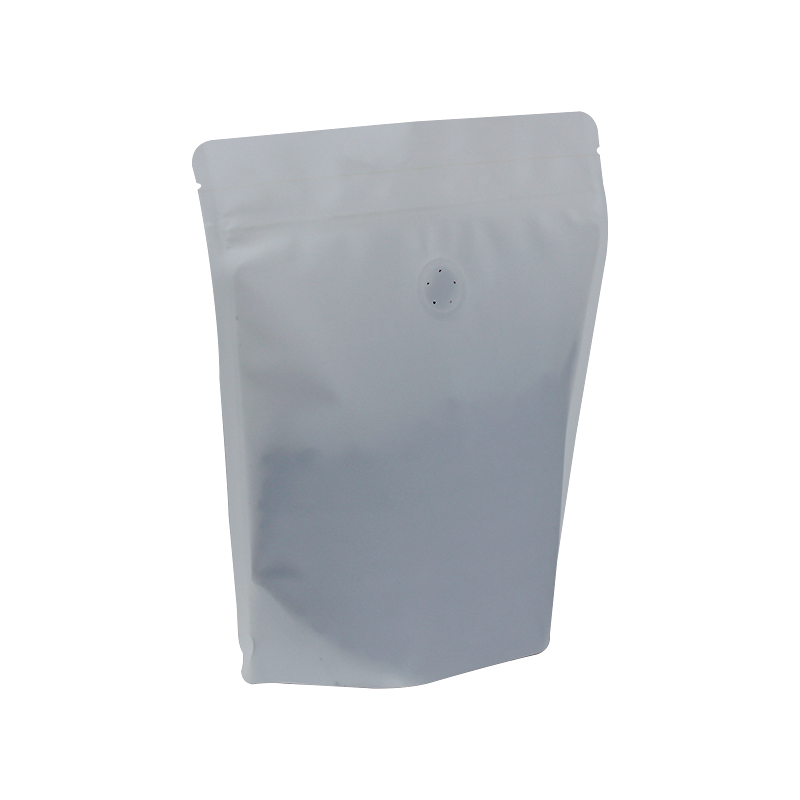- Afrikaans
- Albanian
- Amharic
- Arabic
- Armenian
- Azerbaijani
- Basque
- Belarusian
- Bengali
- Bosnian
- Bulgarian
- Catalan
- Cebuano
- chinese_simplified
- chinese_traditional
- Corsican
- Croatian
- Czech
- Danish
- Dutch
- English
- Esperanto
- Estonian
- Finnish
- French
- Frisian
- Galician
- Georgian
- German
- Greek
- Gujarati
- haitian_creole
- hausa
- hawaiian
- Hebrew
- Hindi
- Miao
- Hungarian
- Icelandic
- igbo
- Indonesian
- irish
- Italian
- Japanese
- Javanese
- Kannada
- kazakh
- Khmer
- Rwandese
- Korean
- Kurdish
- Kyrgyz
- Lao
- Latin
- Latvian
- Lithuanian
- Luxembourgish
- Macedonian
- Malgashi
- Malay
- Malayalam
- Maltese
- Maori
- Marathi
- Mongolian
- Myanmar
- Nepali
- Norwegian
- Norwegian
- Occitan
- Pashto
- Persian
- Polish
- Portuguese
- Punjabi
- Romanian
- Russian
- Samoan
- scottish-gaelic
- Serbian
- Sesotho
- Shona
- Sindhi
- Sinhala
- Slovak
- Slovenian
- Somali
- Spanish
- Sundanese
- Swahili
- Swedish
- Tagalog
- Tajik
- Tamil
- Tatar
- Telugu
- Thai
- Turkish
- Turkmen
- Ukrainian
- Urdu
- Uighur
- Uzbek
- Vietnamese
- Welsh
- Bantu
- Yiddish
- Yoruba
- Zulu
Understanding the Materials Used in Ziploc Bags and Their Benefits
What Are Ziploc Bags Made Of?
Ziploc bags are a staple in many households, used for everything from food storage to organizing items around the home. But have you ever wondered what materials these convenient bags are made of? Understanding the composition of Ziploc bags not only enlightens us about their utility but also raises awareness about their environmental impact.
Ziploc bags are primarily made from polyethylene, a type of plastic that is widely used in packaging and containers. Polyethylene is a polymer created from the polymerization of ethylene, a gaseous hydrocarbon that is derived from natural gas or crude oil. There are different types of polyethylene, with low-density polyethylene (LDPE) and linear low-density polyethylene (LLDPE) being the most common types utilized in the manufacturing of Ziploc bags.
Characteristics of Polyethylene
Polyethylene offers several beneficial characteristics that make it suitable for Ziploc bags. Firstly, it is flexible, which allows the bags to be easily manipulated and sealed. This flexibility is crucial for the functionality of Ziploc bags as it enables them to conform to the shape of the contents they are holding.
Secondly, polyethylene is known for its durability and resistance to moisture, making Ziploc bags an excellent choice for food storage. They can create an airtight seal, preventing air from entering and extending the freshness of perishable items. Additionally, the structural integrity of polyethylene ensures that the bags remain intact under normal use conditions, which is essential when storing anything from sandwiches to marinating meats.
Production Process
what is ziploc bags made of

The production of Ziploc bags involves several steps. Initially, plastic resin pellets made from polyethylene are heated and melted into a mold to create the bag’s shape. Once formed, the bags are allowed to cool, and the process includes adding the familiar zipper mechanism, which is made of a different type of plastic to ensure a secure closure. The bags can be produced in various sizes and thicknesses to accommodate different needs, from small snack bags to larger freezer bags.
Environmental Considerations
While Ziploc bags serve practical purposes, their environmental impact is an important consideration. Being made from plastic, they contribute to the global plastic pollution crisis if not disposed of properly. Polyethylene is recyclable; however, many recycling facilities do not accept plastic bags because they can easily jam machinery. As a result, many Ziploc bags end up in landfills, where they can take hundreds of years to decompose.
In response to growing environmental concerns, some companies are exploring biodegradable alternatives and encouraging consumers to recycle their used bags. Additionally, the practice of reusing Ziploc bags is gaining popularity; many individuals wash and dry their bags after use to extend their lifespan and reduce waste.
Conclusion
In summary, Ziploc bags are made primarily of polyethylene, a versatile and durable material that enhances their functionality for food storage and organization. However, it is crucial for consumers to be mindful of the environmental implications of using single-use plastics like Ziploc bags. By opting for reusable options when possible, and properly recycling bags, individuals can help mitigate the negative effects of plastic waste. Understanding the makeup of Ziploc bags not only highlights their usefulness but also emphasizes the need for responsible consumption and disposal practices in an increasingly eco-conscious society.













